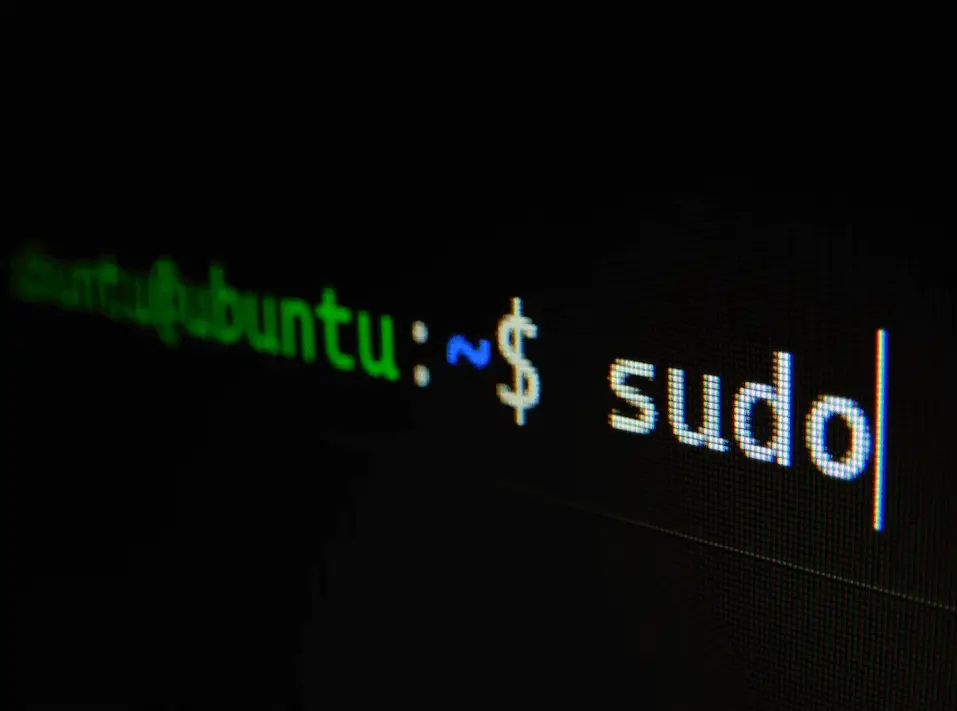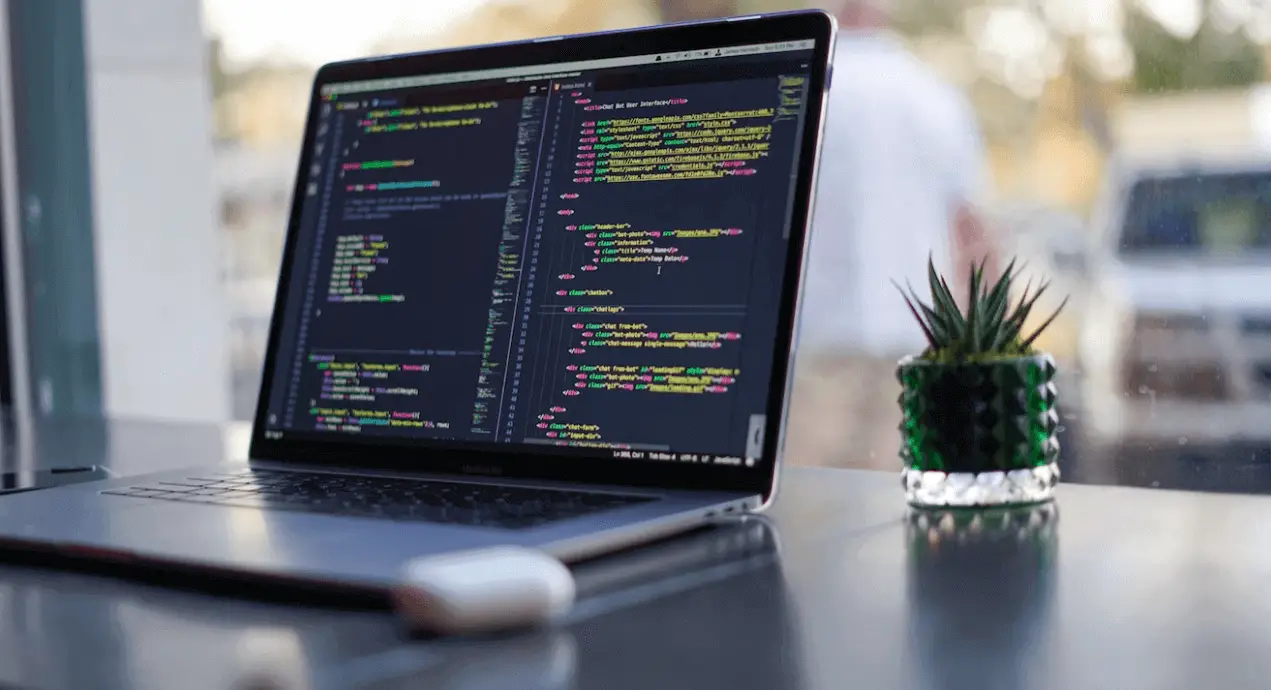How to Set Up a Linux Virtual Machine for Coding Projects

Ever tried executing a complex coding project on your regular computer, only to realize that you’re not quite ready to dive head-first into the depths of the Linux universe? It’s a common struggle for many students. That’s where a Linux Virtual Machine (VM) comes into play. It allows you to explore this powerful operating system without disrupting your primary computer environment.
Using a Linux VM, you get to test out new coding projects, debug applications, and learn to navigate the Linux environment without any potential harm to your existing operating system. Isn’t that amazing? No more concerns about accidentally deleting crucial files or crashing your entire system with one wrong command line entry.
While exploring new ways to make your coding projects more effective, you might have to use services to pay to write essay and free up your time. Well, setting up a Linux VM is like writing an essay – both require an understanding of the basics, some creativity, and of course, a willingness to learn. Let’s jump in and get our hands ‘virtually’ dirty in Linux.
Understanding Virtual Machines and Linux
The term Virtual Machine (VM) may sound sophisticated, but it’s simply a software that acts as a computer within a computer. It replicates the operations of a computer system, allowing you to run multiple operating systems simultaneously on your device. For coders, this opens up an array of possibilities.
Linux, on the other hand, is a highly robust, open-source operating system known for its superior stability and security. It’s a popular choice among programmers due to its efficient resource usage and flexible environment. Moreover, using a Linux VM offers several advantages. It can serve as a safe sandbox for testing software, provide isolated environments for each project, and allow for easy duplication and distribution of your coding setup.
Choosing the Right Linux Distribution
Choosing the right Linux distribution for your coding project is akin to choosing the right ingredients for a perfect recipe. Here are some popular Linux distributions to consider:
- Ubuntu: Known for its user-friendliness and extensive online community.
- Fedora: Appreciated for its cutting-edge software and commitment to open-source principles.
- Debian: Valued for its stability and long-term support.
Before you make your choice, consider factors like community support, package management, and compatibility with your coding languages and tools.
Setting Up Your Linux Virtual Machine
- Choose the right virtual machine software. Two popular choices are VMware and VirtualBox. VMware is known for its advanced features, while VirtualBox offers an open-source solution.
- Install the virtual machine software. Each software has specific installation steps, so it’s essential to follow the instructions provided by the software provider.
- Install your chosen Linux distribution on the VM. This is similar to installing an operating system on your computer. You’ll need to download the ISO file of the Linux distribution and use it during the VM setup.
- Configure basic settings for optimal performance. This includes assigning sufficient memory and disk space to your VM.
Just like when you ‘order an essay’, configuring a VM requires careful attention to details to ensure that you get the desired outcome.
Getting Started with Your Linux Virtual Machine
Now that you have your Linux VM set up, it’s time to familiarize yourself with the Linux environment. While it may seem overwhelming at first, with regular practice, you’ll navigate the command line like a pro.
Install the necessary software for your coding projects. This could include Integrated Development Environments (IDEs) like Eclipse or PyCharm, code editors like Sublime Text, or version control systems like Git.
Managing your coding projects on Linux can be a breeze with these tips:
- Organize your projects in separate directories for easy access.
- Use Git for version control to keep track of your project changes.
- Regularly backup your coding projects to avoid losing any crucial data.
This process is akin to finding the top essay writer services where you carefully choose your tools and learn to utilize them for your benefit.

Maintaining and Updating Your Linux Virtual Machine
Maintaining your Linux VM is as important as setting it up. Regular system updates ensure that you have the latest features and security patches. These updates can be done through the command line or a graphical interface, depending on your Linux distribution.
Backing up your VM and coding projects is crucial to prevent loss of data in case of any unforeseen issues. You can use inbuilt VM snapshot features or third-party backup tools for this purpose.
And, as with any technology, you might face some hiccups along the way. Common troubleshooting tips include checking the VM software documentation, searching for the issue online, or reaching out to the Linux user community.
Keep in mind that maintaining your Linux VM is a continuous process, similar to using an ‘essay writing service’ where you keep track of your requirements and regularly communicate to get the best output.
Conclusion
In today’s digital age, learning how to set up a Linux Virtual Machine is a valuable skill, especially for students dealing with coding projects. It provides a safe and isolated environment for you to experiment, learn, and grow as a programmer. Remember, setting up your Linux VM is just the first step. Regular practice, exploration, and consistent maintenance will help you reap the full benefits. So, go ahead and embark on your Linux journey, and see how it elevates your coding skills to new heights.

